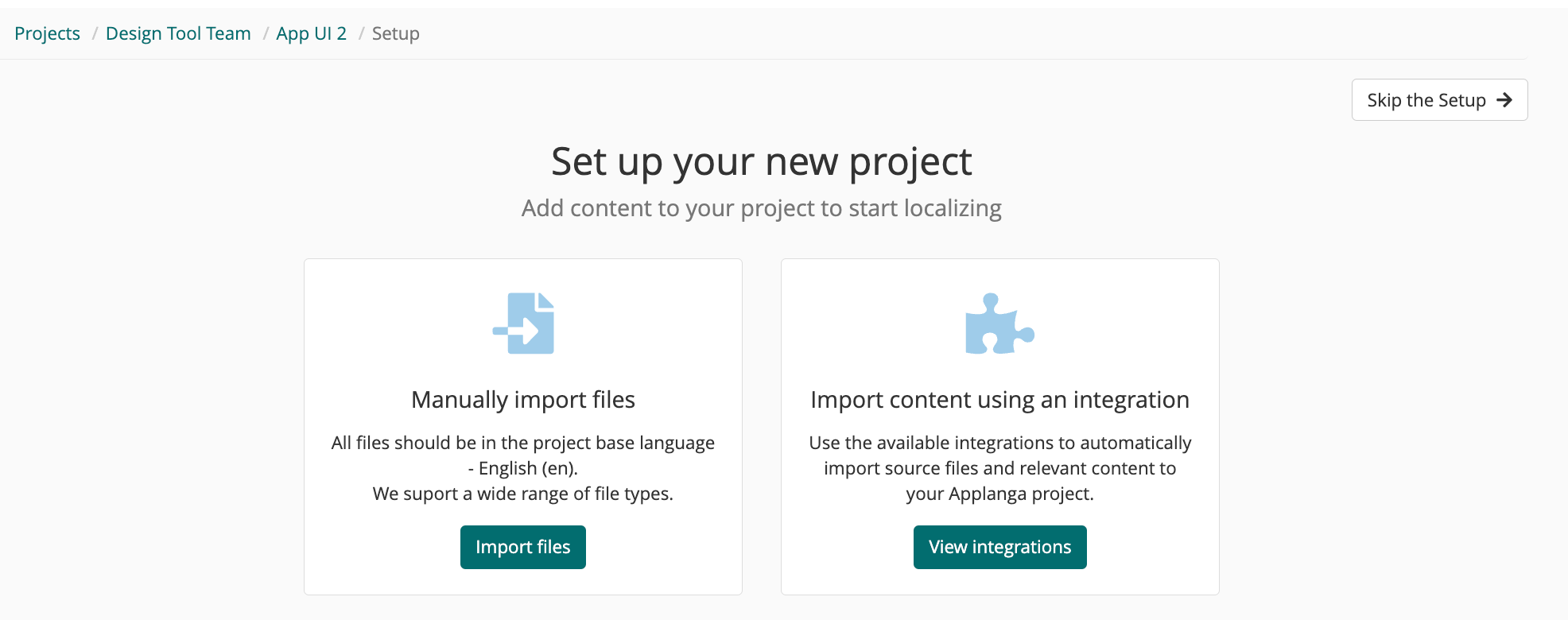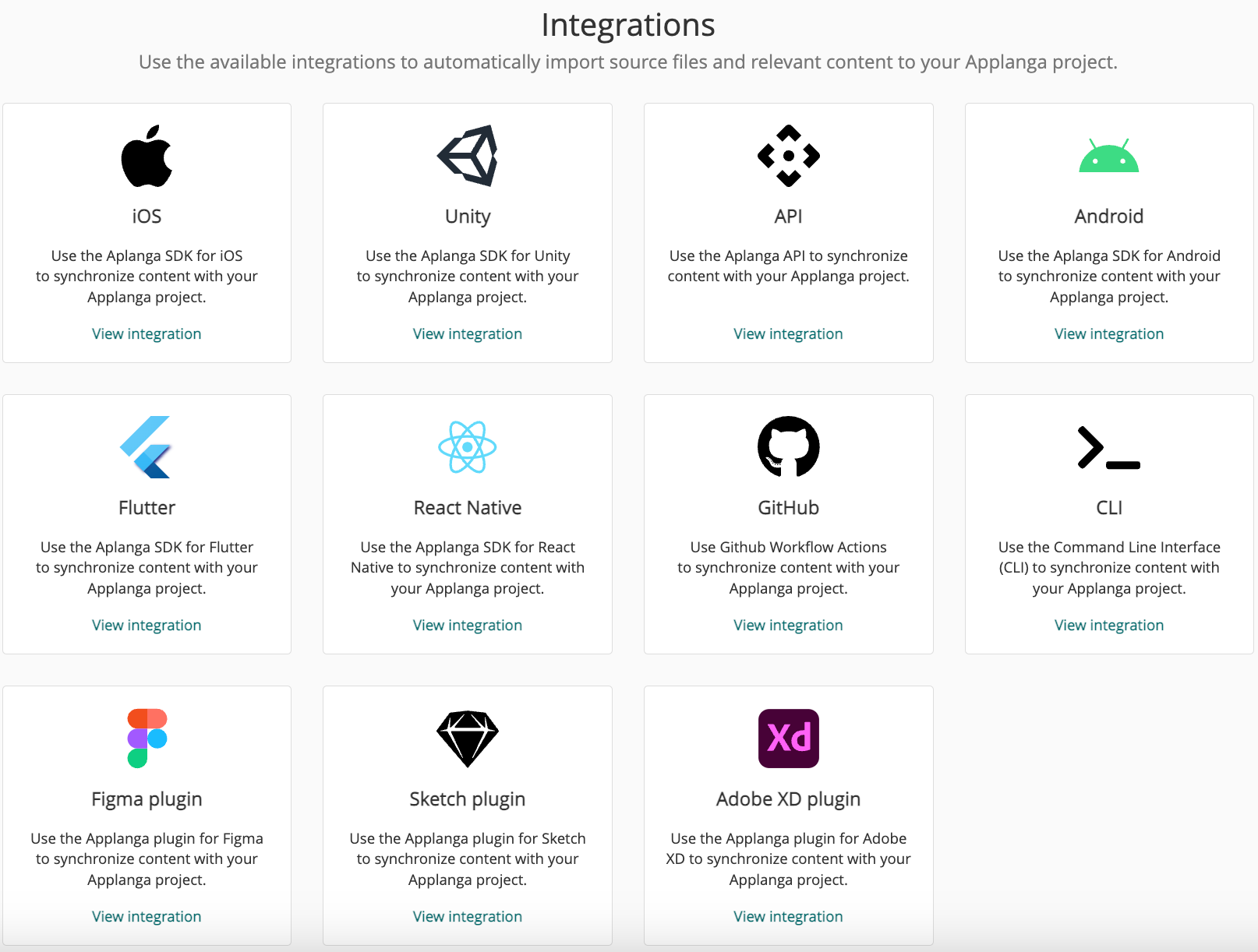

What is a GL Strings Project and How Many do I Need for my App
This article will show users how to best utilize GL Strings projects to manage their app translation workflows.
GL Strings is a project-based Translation Management System (TMS) to help teams better manage their translation workflows. Within GL Strings, a project is a distinct set of strings uploaded via an integration or by manually importing strings to the GL Strings dashboard. A project can contain up to 50,000 unique string IDs. Every string ID can have as many values/associated translations as required by your use case - there is no limit to the number of languages included in a project.
A project includes the base language or source content and any translations for any language added to the project. The overall translation progress for all languages can be tracked at the project level too.
Projects can also include both base language and translated screenshots to provide context to translators and reviewers. GL Strings also provides options to manage strings and their translations that help avoid repetitive work for translators - users can organize strings within a project using tags, linking, and locking as well leveraging the translation memory.
Translation orders, all integrations, and many GL Strings dashboard features exist at the project level. For example, API access tokens, SDK integration configuration options, and backups all exist within a project’s settings.
Projects are always associated with a given Team, regulating access control and access management for a project. Translation Memory also lives at the Team level.
Projects can be linked to individual or multiple apps, operating systems, and/or integrations. GL Strings provides flexibility around what content is included in a project’s scope. For example, users can include strings of all mobile platforms and web components their app supports within the same project (e.g. Android, iOS and web strings in one project), a so-called cross-platform project or can create separate projects for each platform or system (e.g. 1 iOS, 1 Android, 1 Web project.)
We recommend one project per platform if the different platforms are managed by different teams (e.g. mobile developer team and web developer team); if translation memories should be kept separate; or if different sets of languages should be supported (e.g. iOS translated into German, Android into French and Italian.)
A single cross-platform project is recommended for a software localization use case where string resources are shared across multiple platforms (e.g. same string IDs used in iOS and Android) or where the same changes made for one platform should always also be mirrored on the other. For example, users can upload design files, iOS, Android, frontend, backend, and API content – everything that relates to a certain app or website – to the same project by connecting multiple integrations to the same project or manually importing content into it.
Need more projects to manage your translation workflows? Reach out to us directly at support@applanga.com.
Sign up or log in to the GL Strings dashboard to get started.
Click the Projects dropdown menu and select Create a Project
Enter the following information on the Project creation dialog then click Create New Project

Select your preferred string upload option (manually import files or import content via an integration).

If you want to use an integration, select the Integration option on the next page and follow the prompts to configure the integration between the app and the GL Strings Project.
